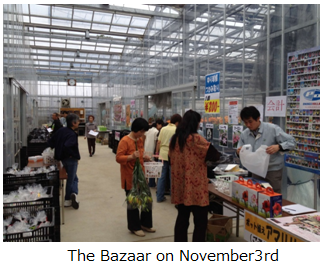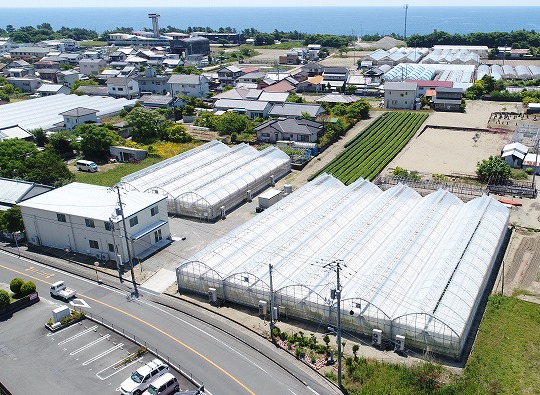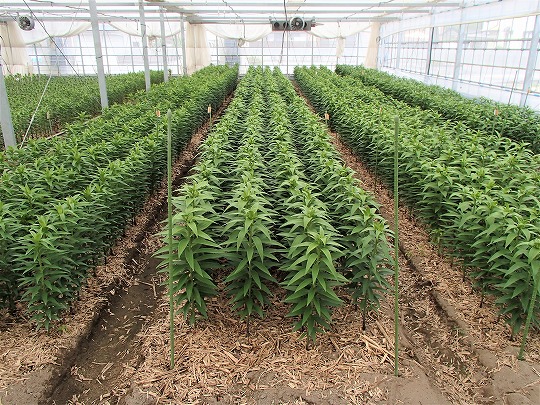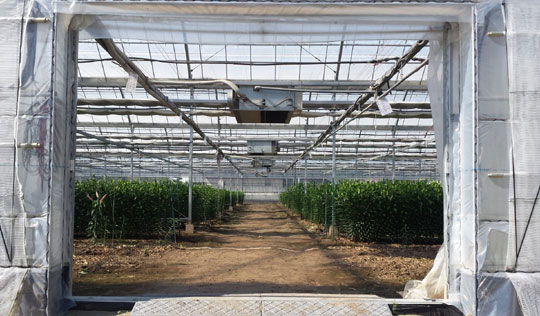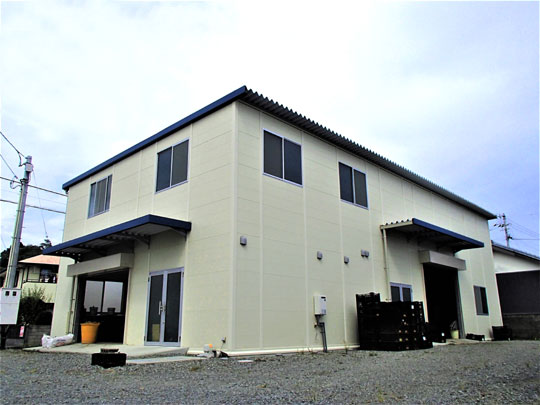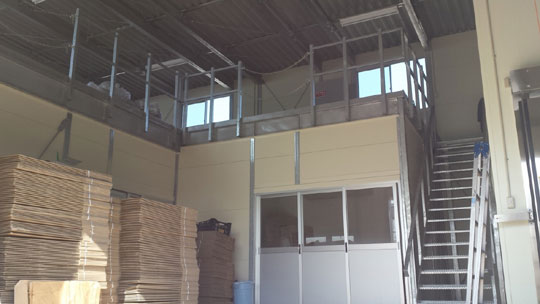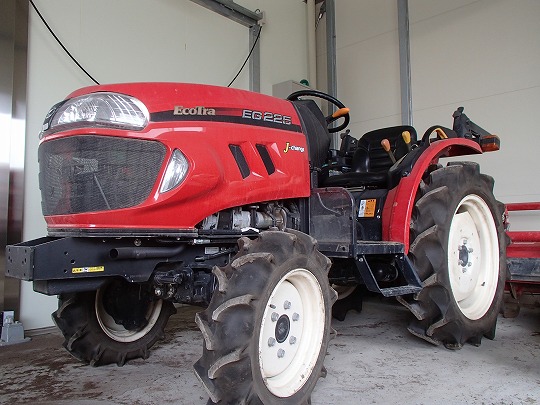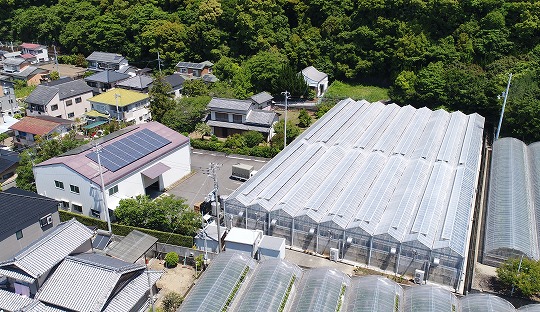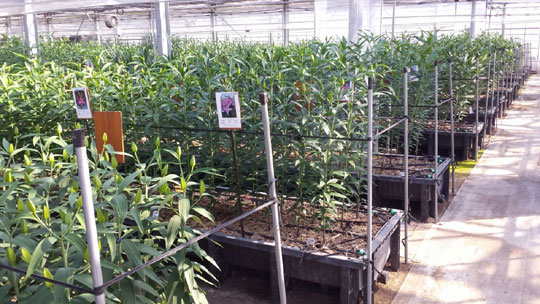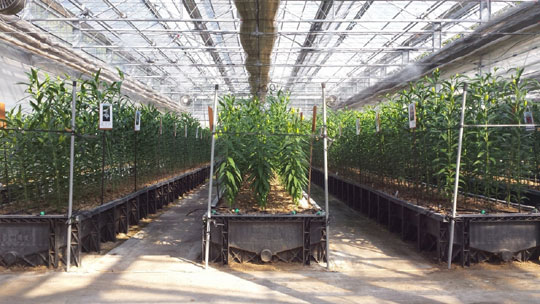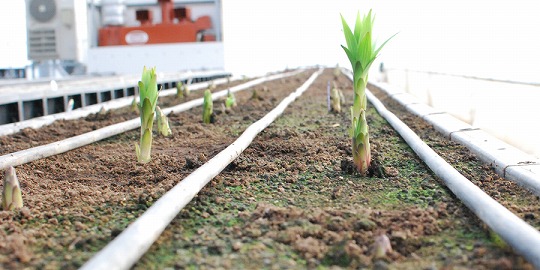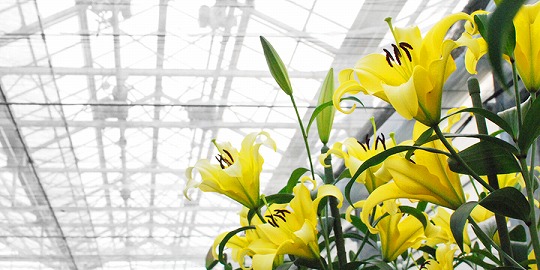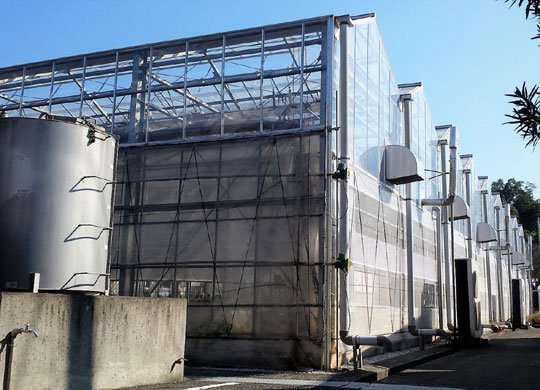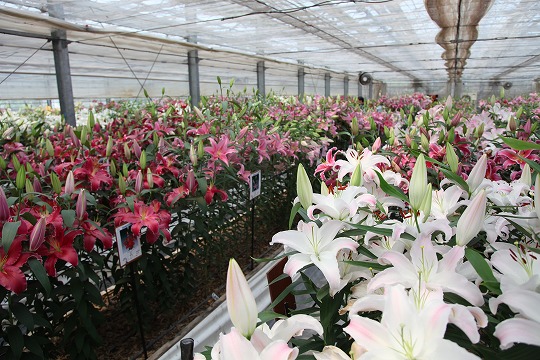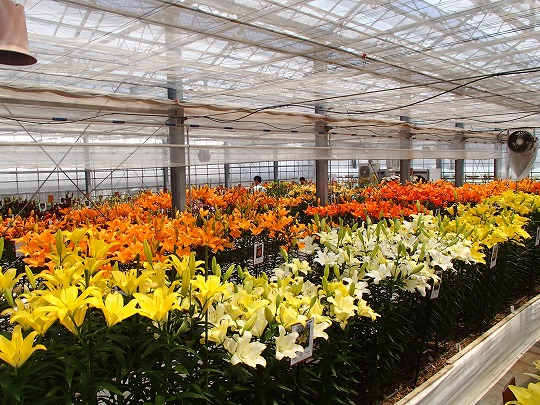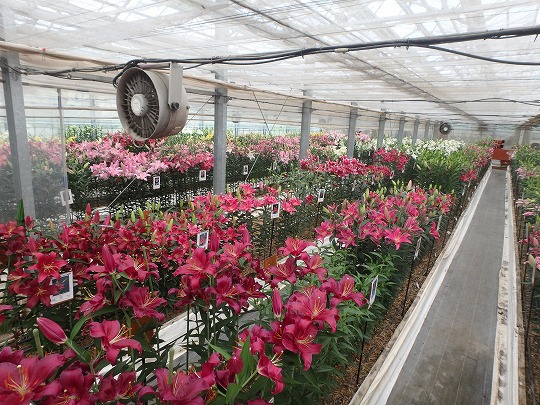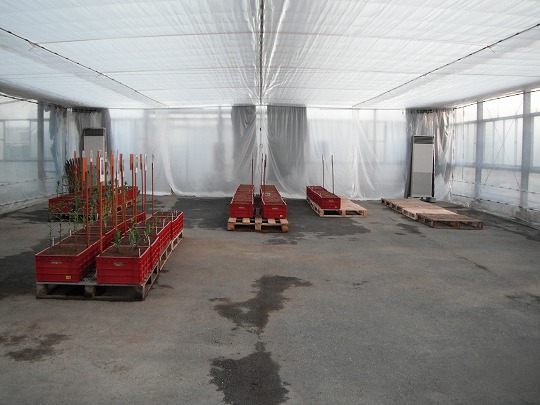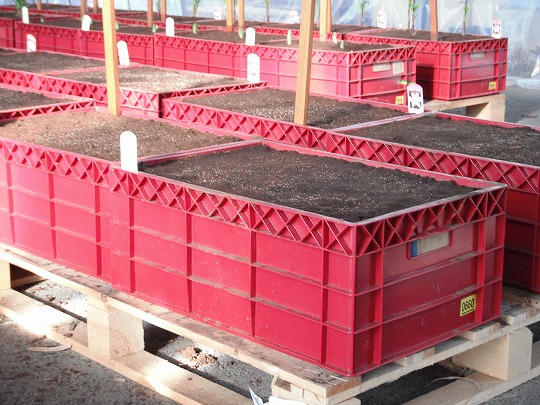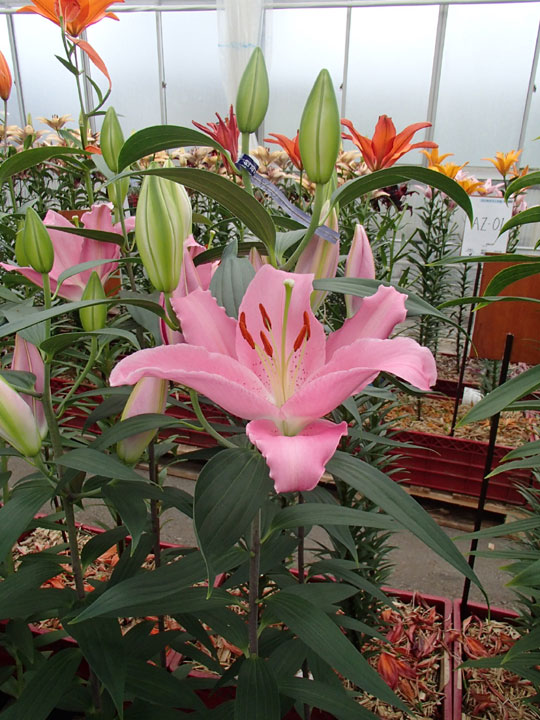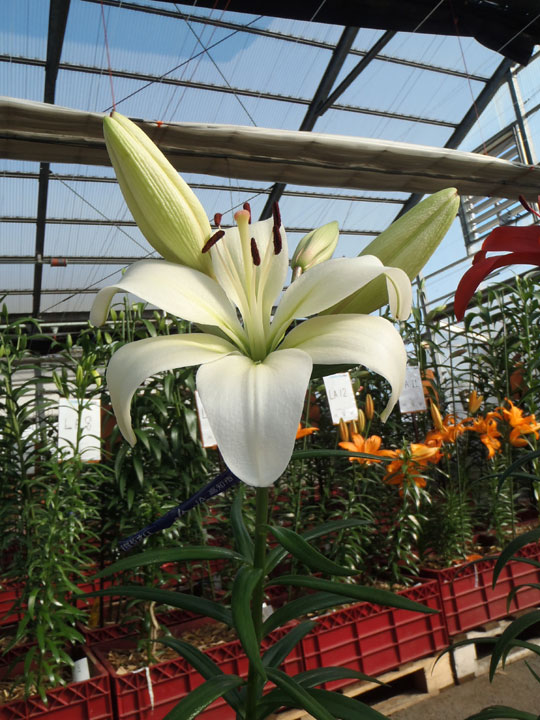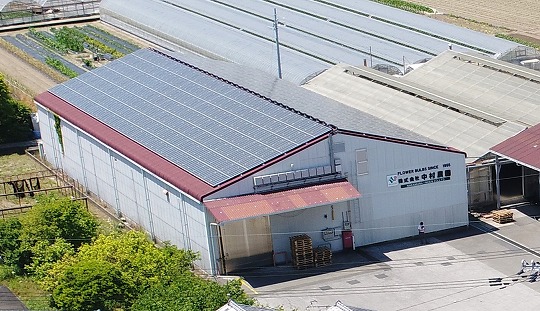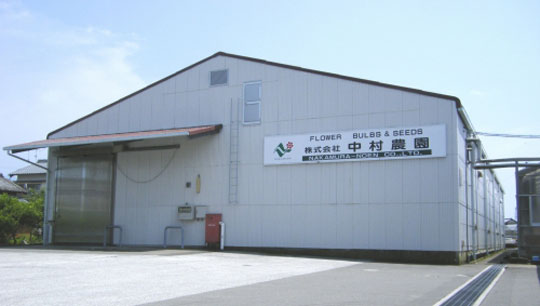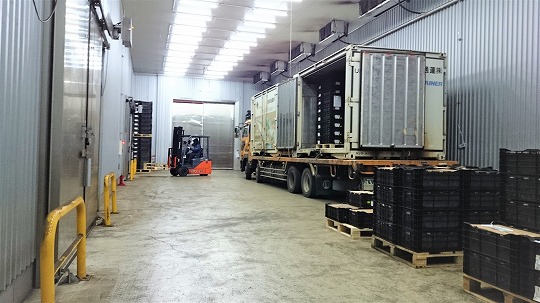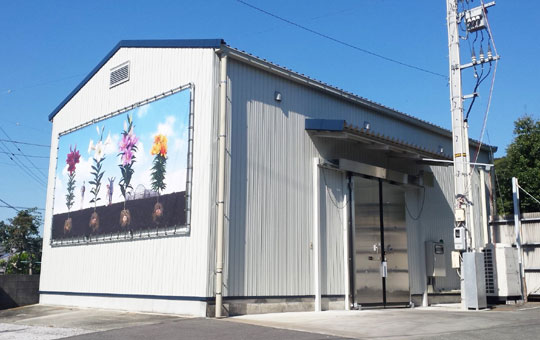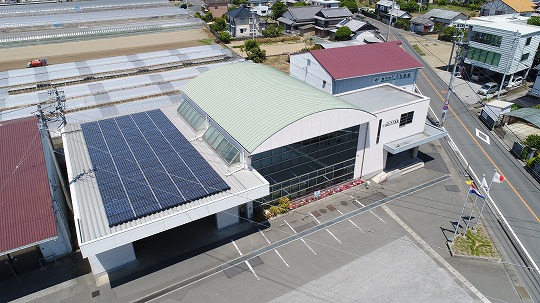Keigo Nakamura
Thank you very much for your usual cooperation.
I visited the Netherlands for 10 days from November 3rd, and I would like to report my research of fields, export companies and some exhibitions which I did during this stay.
1. Stable weather in Holland
The graph below is to show the weather of the Netherlands in 2011.
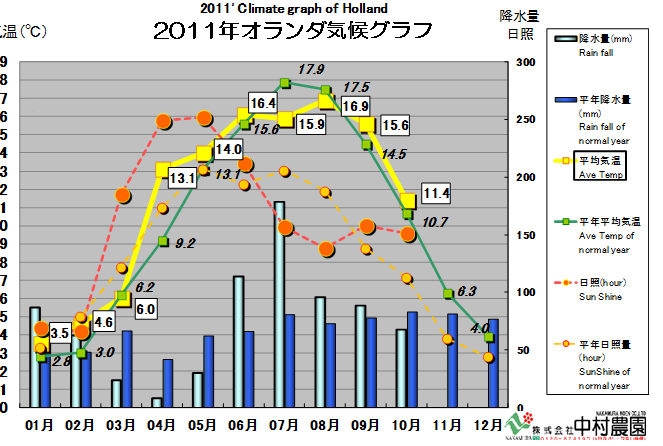
●SPRING (planting~May)●
Good condition for planting and primary growth in nice weather.
However, there was damage of late frost especially to OT varieties in East Holland in early May.
●SUMMER (June ~ August)●
Intermittent rains, and less sunshine duration than normal years in July and August.
Also the temperature in July was lower than normal by 2 degrees.
●AUTUMN (from Spring to my trip in November)●
Average climate.
The temperature of end of September and early October was a little higher, so it might have caused some delay of sprout development.
It was warm spring and autumn, and cool and not dry in summer. We can say that this year they had a stable weather without remarkable fluctuations in temperature or humidity.
At the time I visited there in early November, the temperature was unusually high. In day time it became more than 15 degrees Celsius, so I didn’t need to wear jumpers or jackets. The weather was good too, and I had comfortable research of fields.
2. How is the bulb this year?
Now, the thing we care about is the power of 2011 crop. When we just look at the climate conditions, we are likely to say that bulbs are not so powerful, because the sunshine duration was less than usual and sprout development was late.
The dying is usual, not late (the photo is the common view in the Southern Holland).
Thanks to cooperation of export companies, I could see many fields in the Southern Holland and East Holland and check the conditions of enlargement, quality and sprout development.
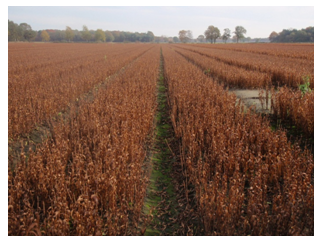
Enlargement:
Enlargement is good in total (it’s rare that I state “good” definitely, and this year was enough to say).
The possible reasons are that planting was done early, they didn’t have hot days very often, and had enough rain. Reflecting last year’s poor enlargements, growers planted bulbs with more space and managed the fertilizing not to run out. This also might have led to the success of enlargement.
Sprout development:
The sprouts were short and thin, and impression was small overall. The table below is the comparison of the average from this research and last year’s average.

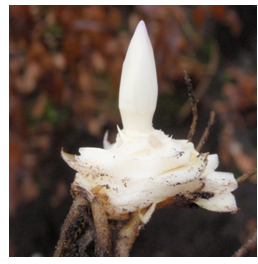
I think the sprouts were small because the primary development including leaf counts was late, and also stem length is short too. They are short but thick, and to describe the sprouts in the way I like, they are “bullet-shaped” whose necks are not so thin.
It was warm in autumn and had moderate rain, the bulbs themselves are firm and hard. They did not seem light (autumn swelling).
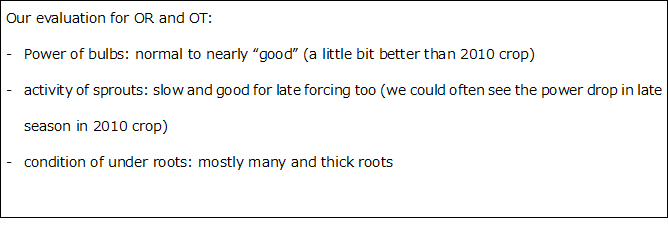
For LA varieties, there were many bulbs with too many under roots like the photo, and it made me worried if they can be packed properly.
Digging was a little late because of the warm temperature in late September and early October. The varieties dug have been shipped out from the Netherlands.
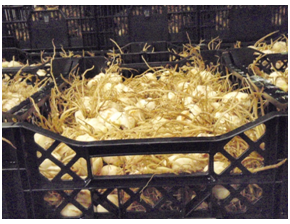
3. Horti Fair vs. IFTF
Exhibitions are good source of money for event companies.
The both event are about flowers, but the participating companies and categories are different in each. Horti Fair is more “rich” impression, because it has more equipments and machines, and the booth space is bigger.
The photo in right is the booth of P. F. Onings, which is the white-themed decoration shows the flowers more colourful.
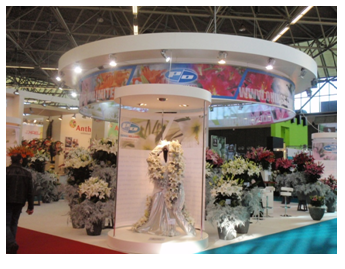
As you can see, there were some companies which hired models.
Mr. Kawakami looks very nervous between the models in the photo!
On the other hand, IFTF is 2 year old exhibition which mainly consists of seeds and nursery companies and production companies.
Every booth was decorated with a lot of flowers, and many people including general people can enjoy this event as there was no entrance limits. We saw many Dutch growers and relevant people who we know well.
IFTA’s subject is to be inclined to roses. So it would be more interesting if there are more lilies and other flsowers.
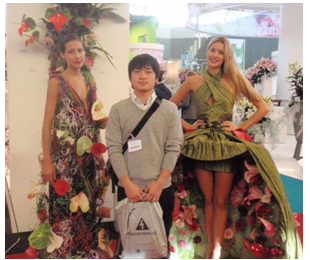
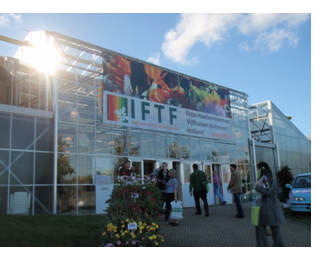
Horti Fair had been held in October, but to get more visitors, it changed the schedule to the same day as IFTF from this year (Horti Fair followed IFTF which started later than Horti Fair).
The green house-looking building in the left photo is the front entrance of IFTF. This building was used for the Floriade 10 years ago.
4. Now our green house is in bloom of Orientals!
Today we have “the Bulb Bazaar in Autumn” in our green house. This is an open day of our test house which general people can visit, too. In the last open day for Asiatics and LA varieties which we held on the Culture Day of November 3rd, we had 249 visitors and they enjoyed the charms of lily flowers. For late force test we plant all the bulbs at a same time. This week to the beginning of next month, the lilies will gradually start to bloom with mid-speed varieties. Our open day is not quite big as the exhibitions in Holland, but we would like to widen the ring of lilies by steps of promotion activities.
